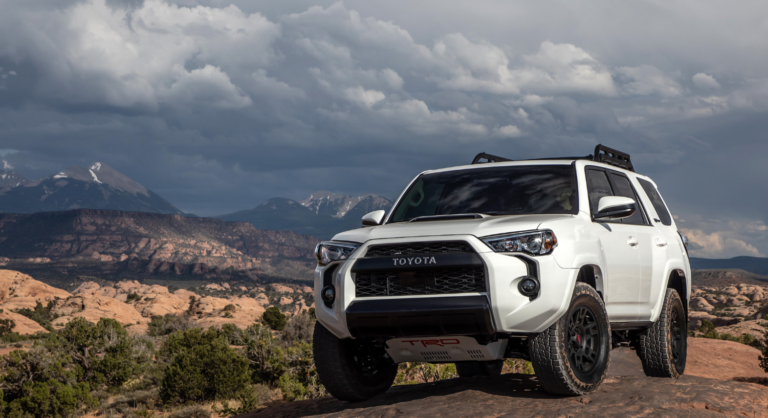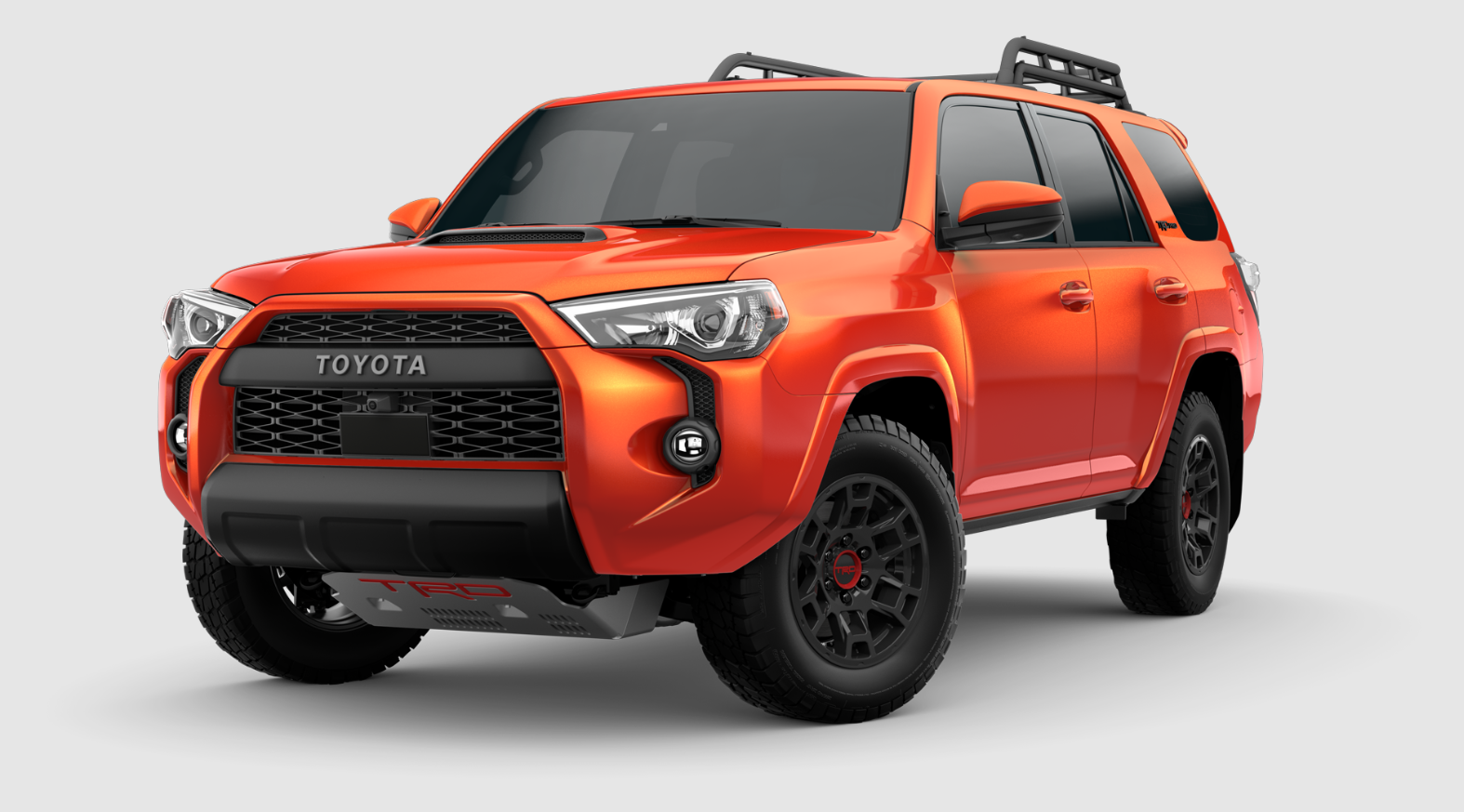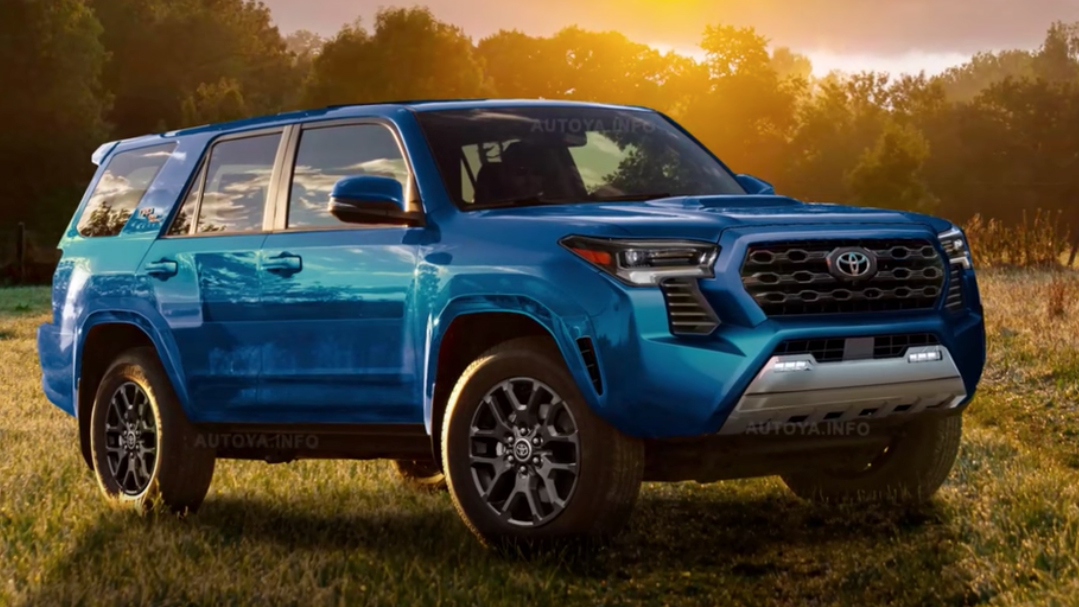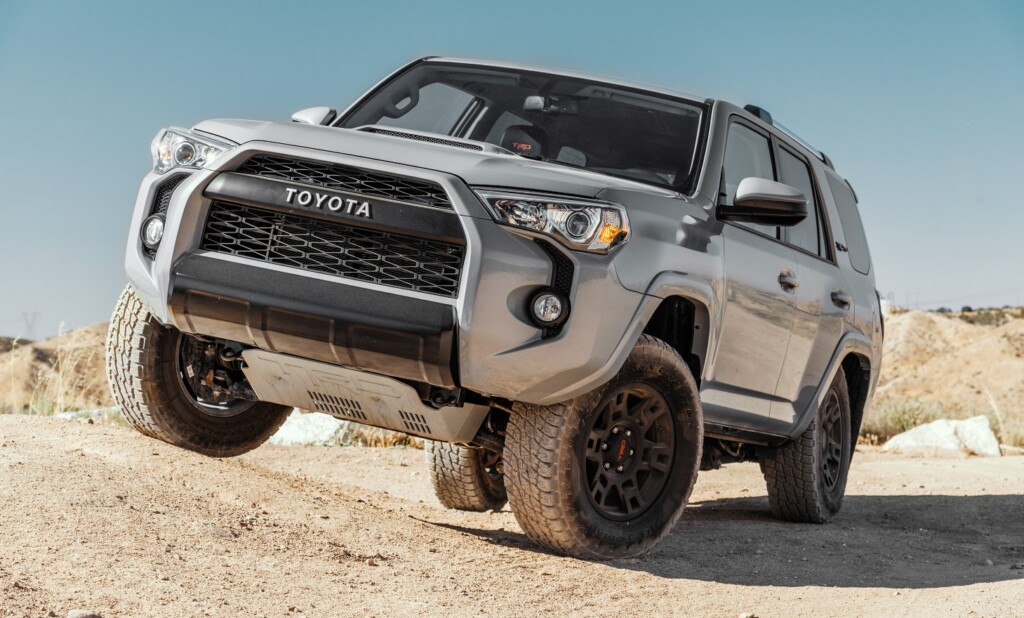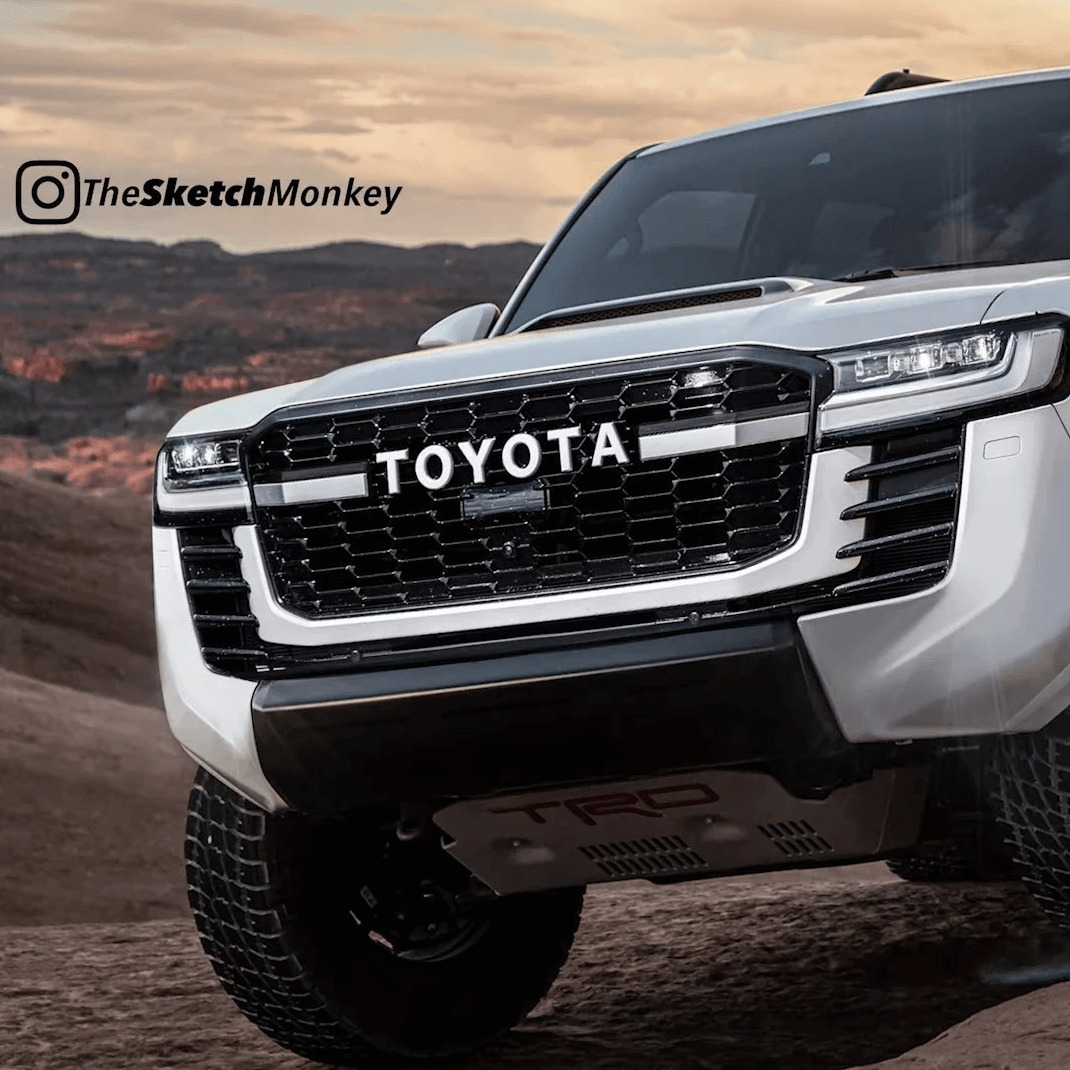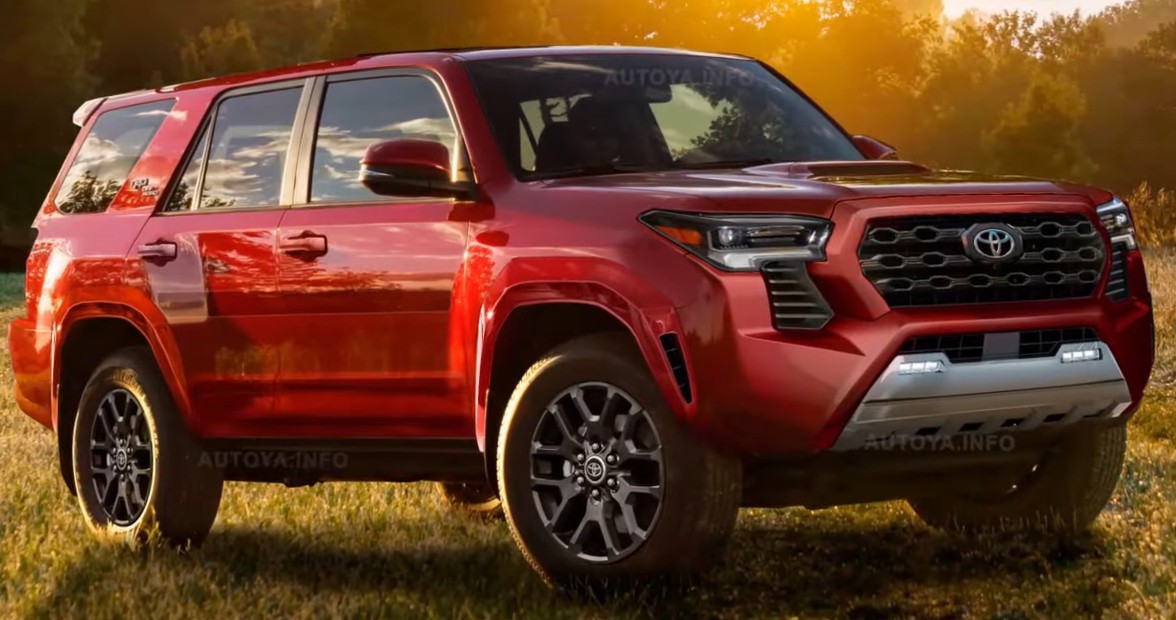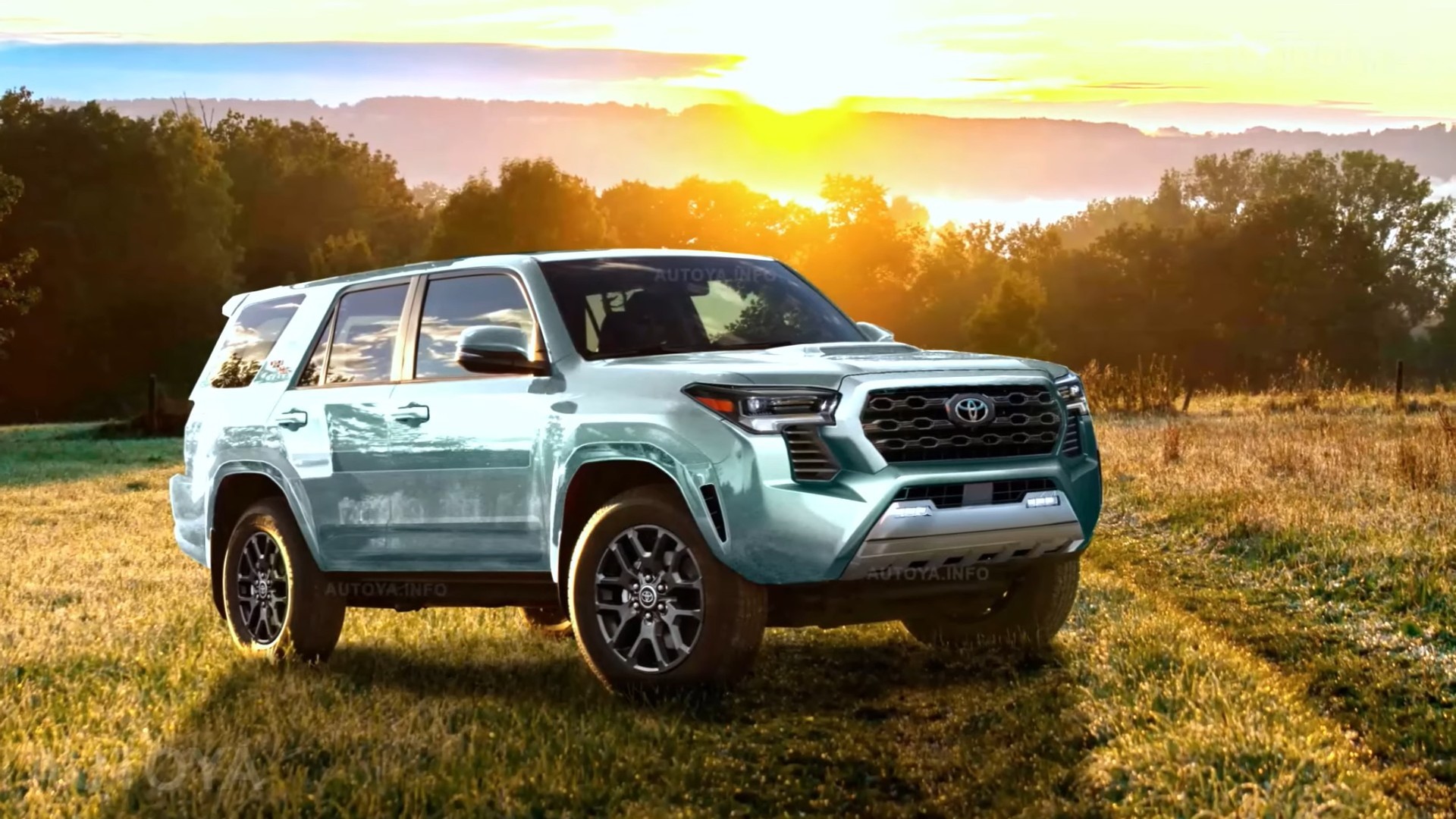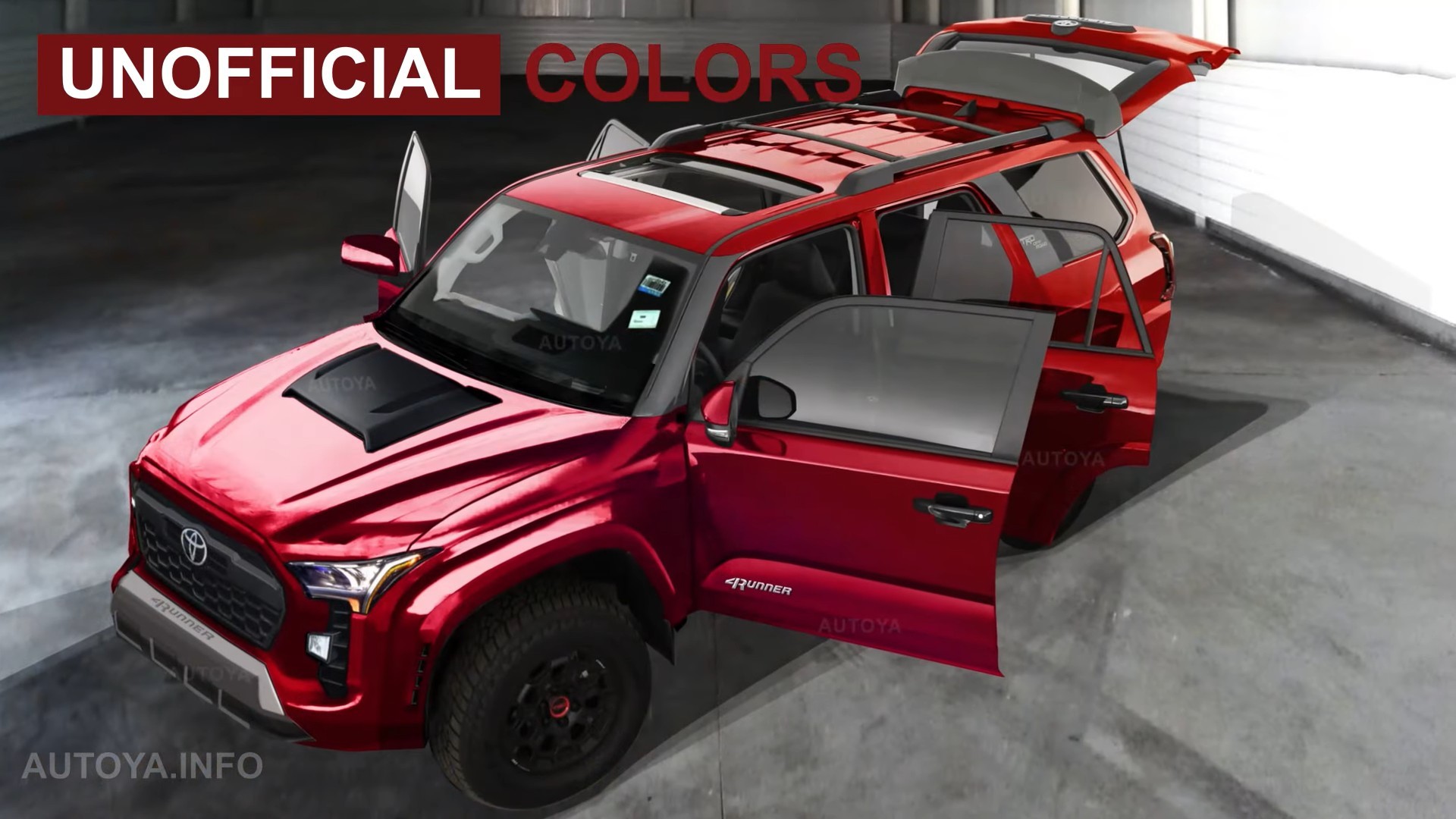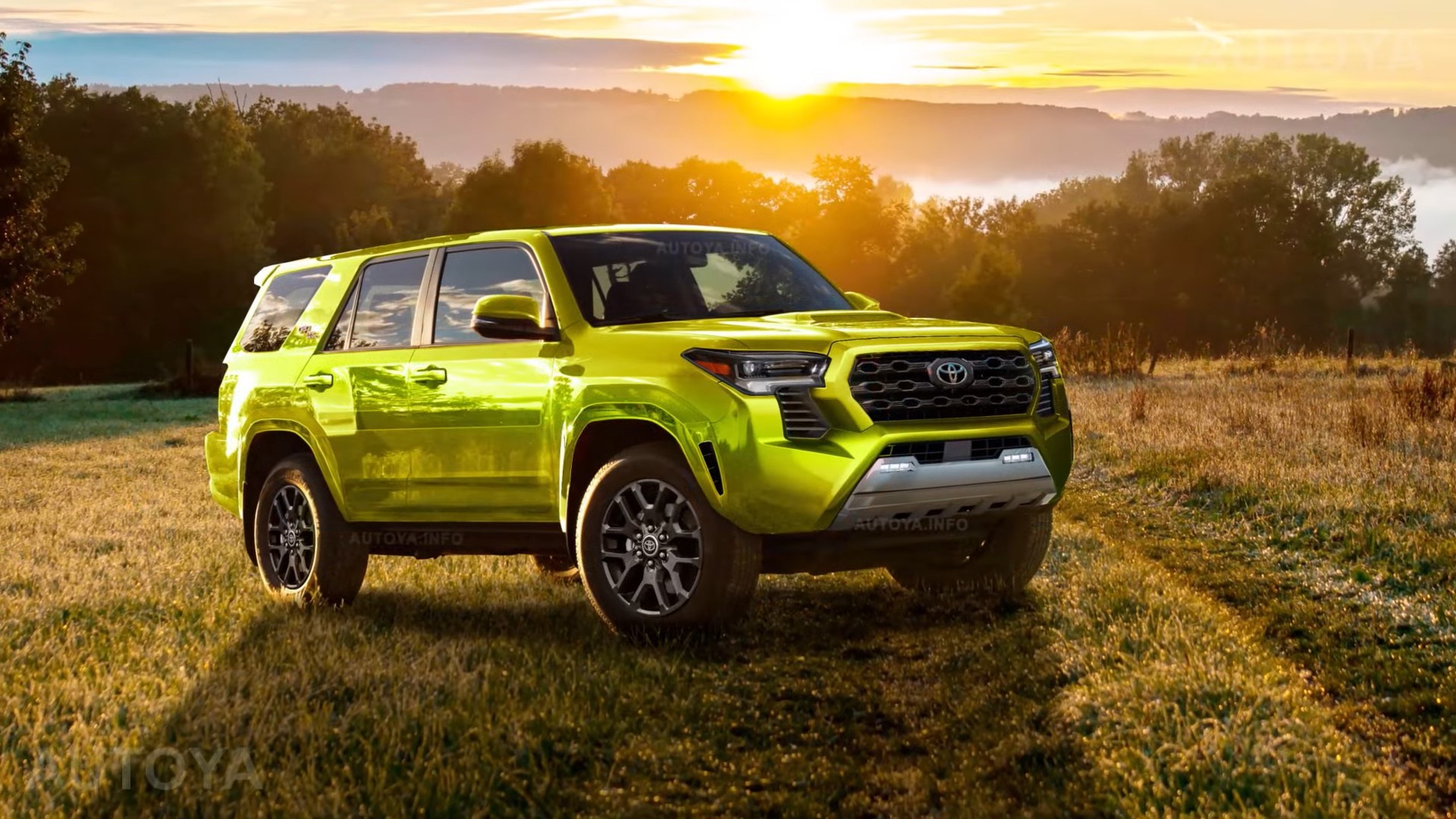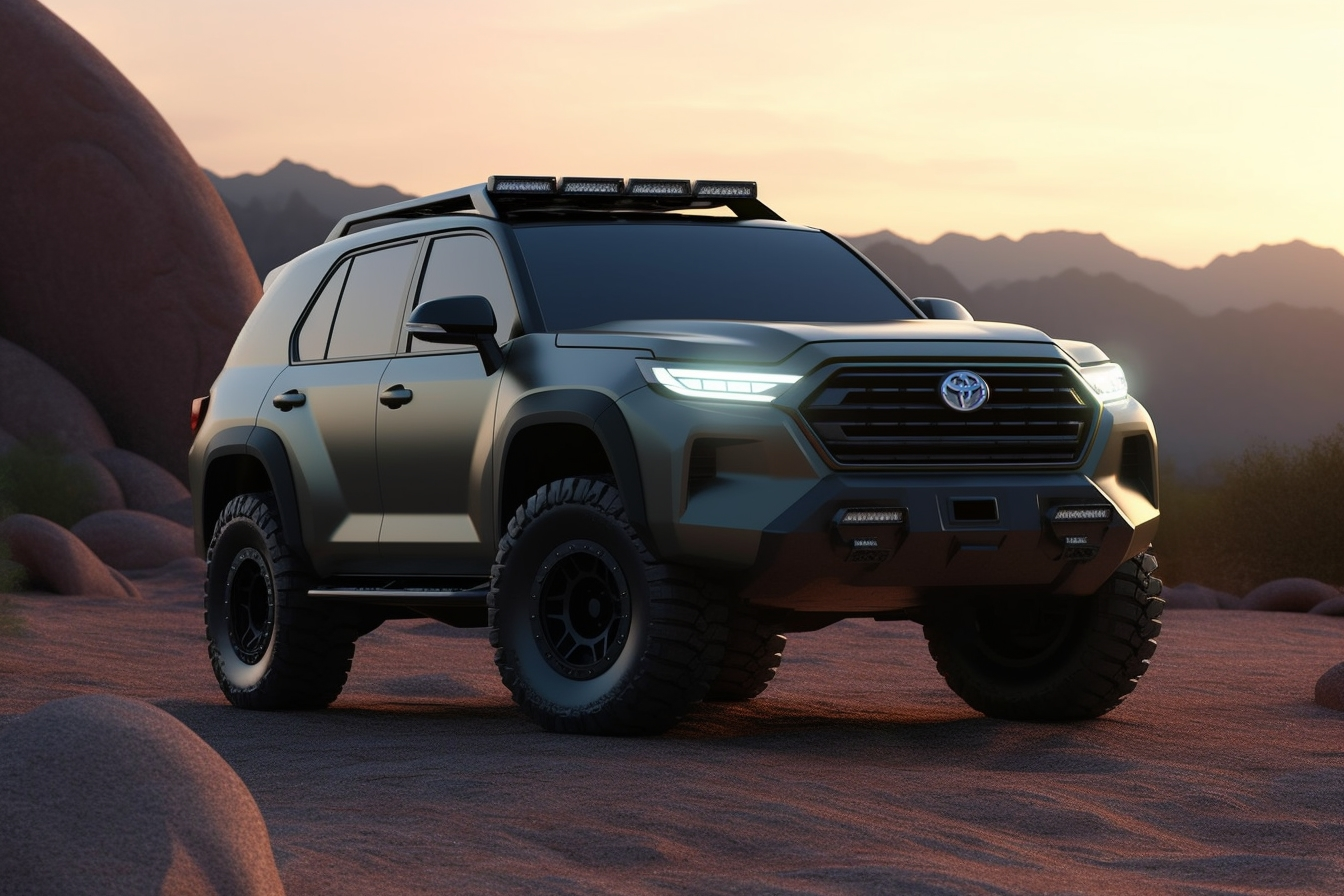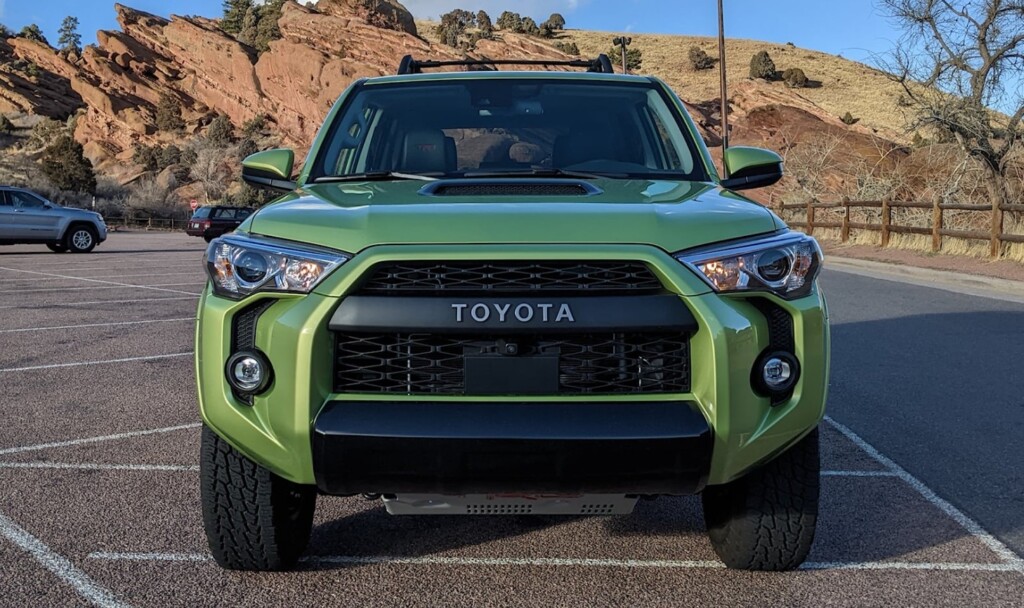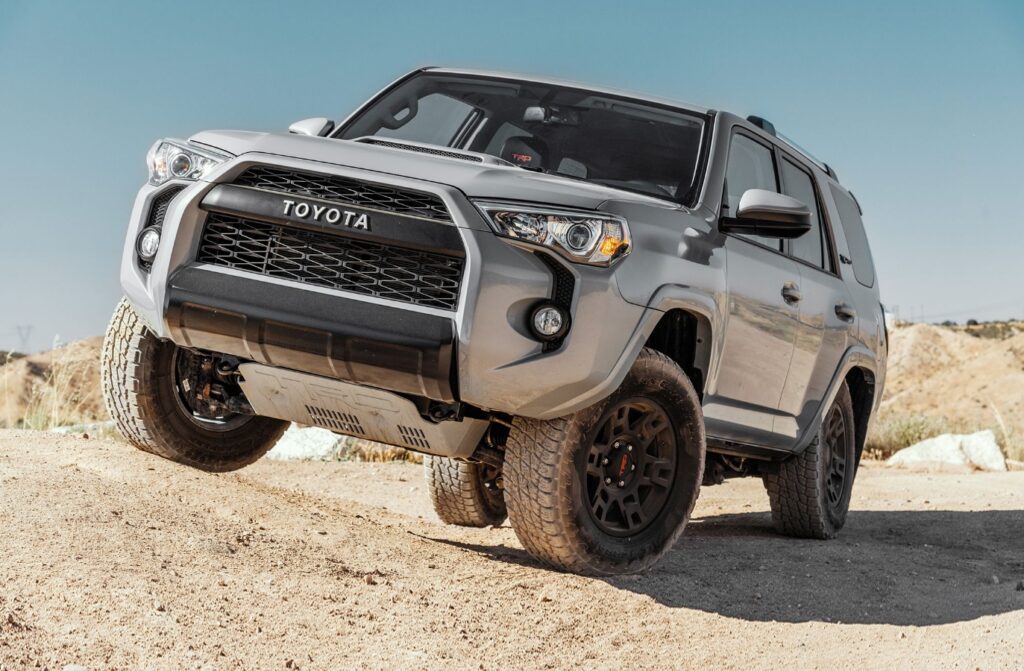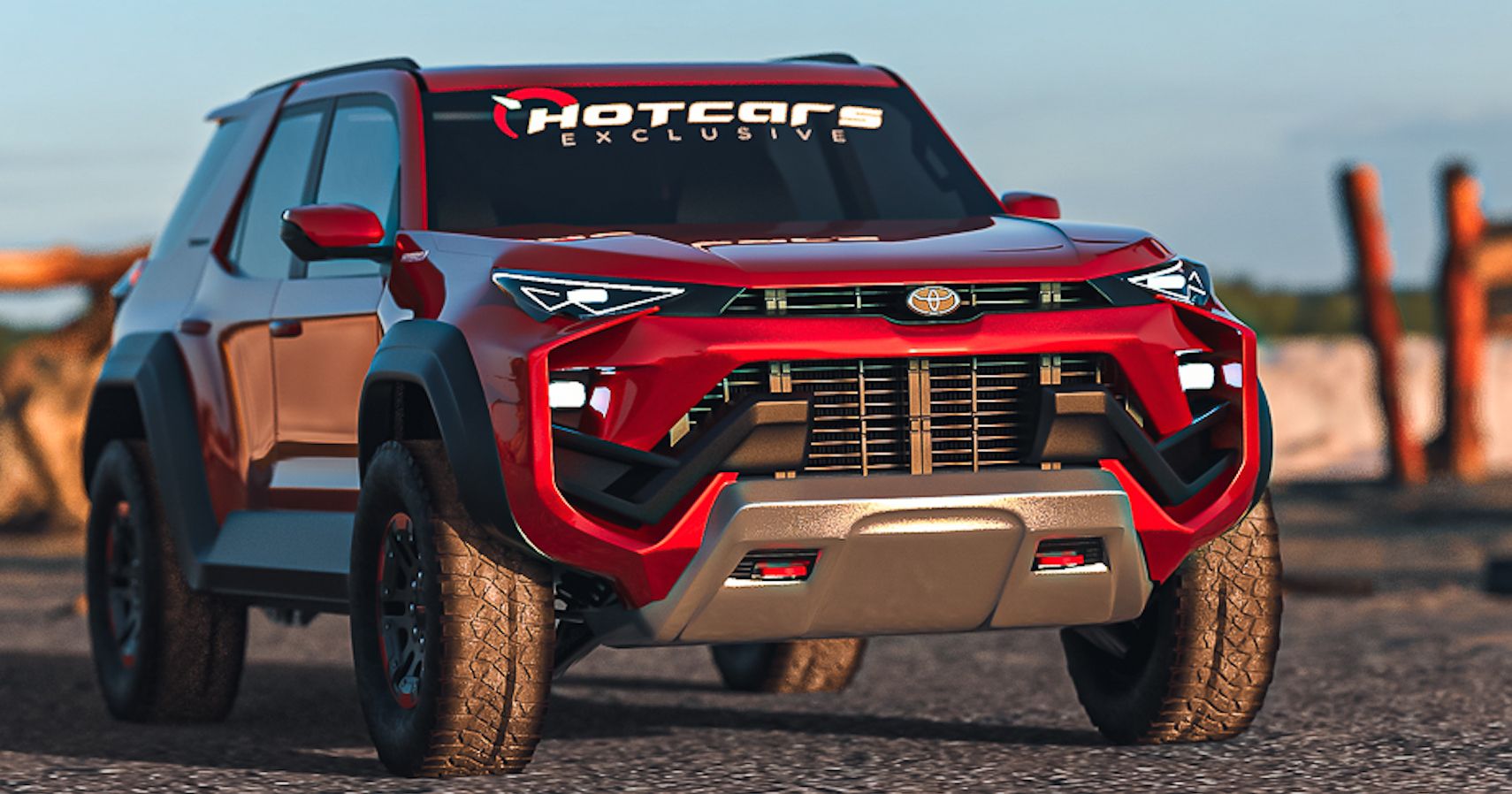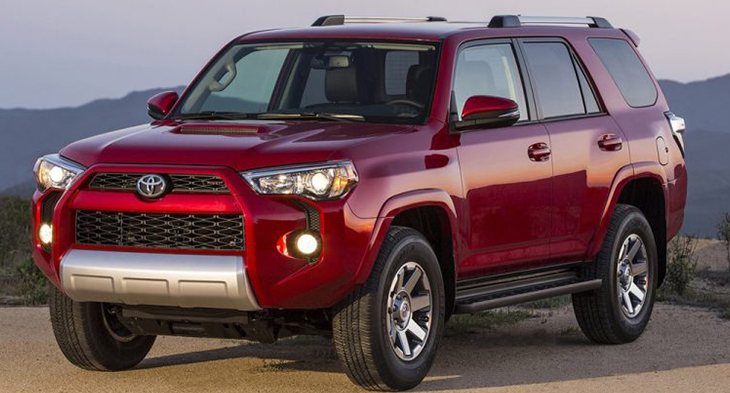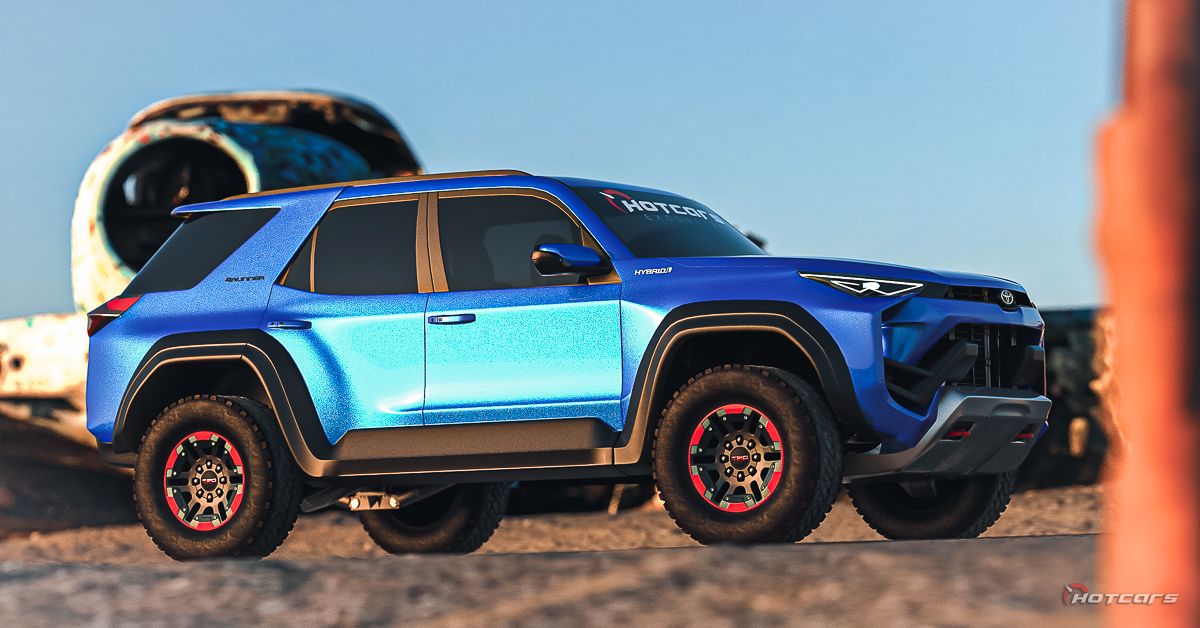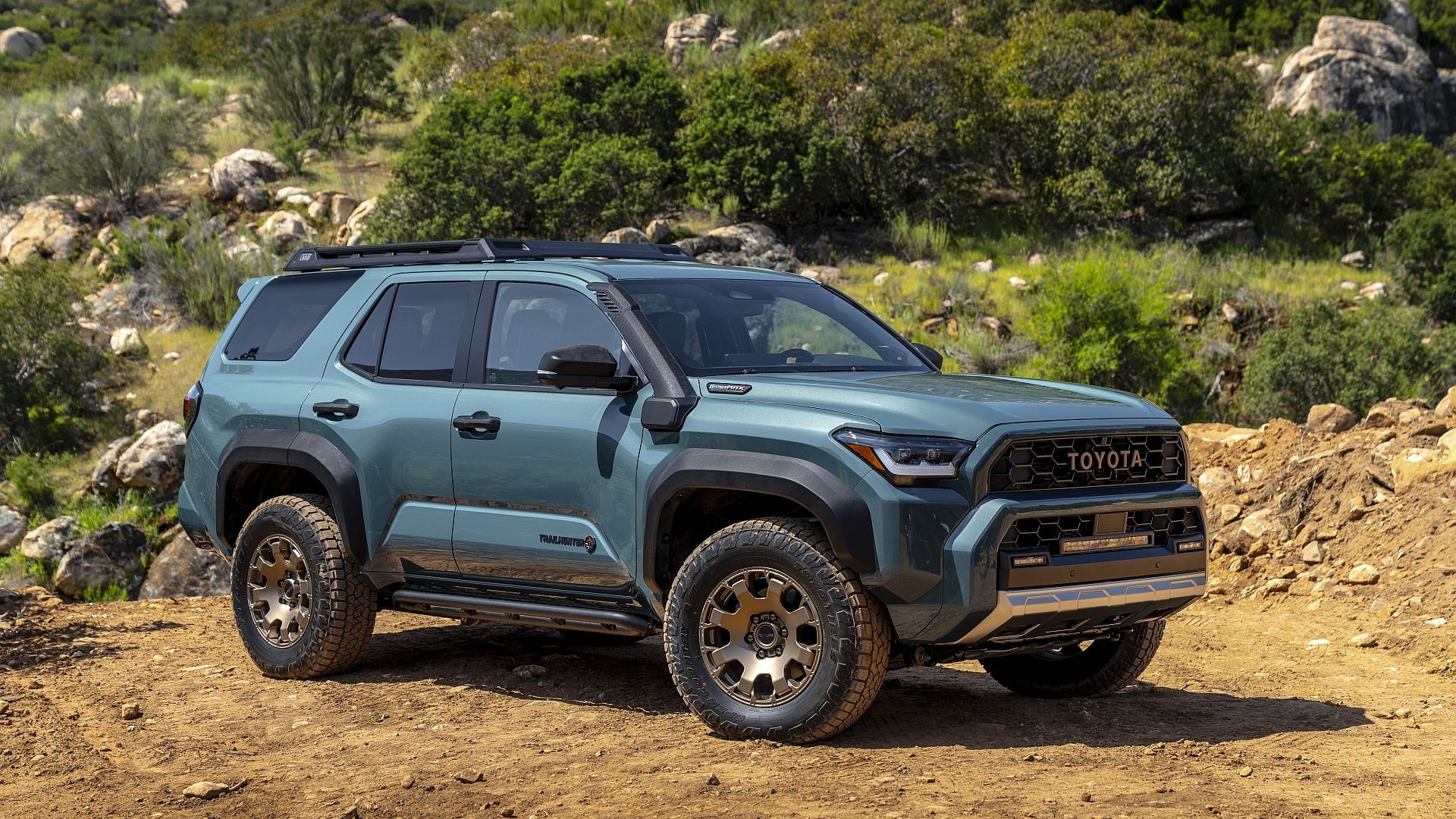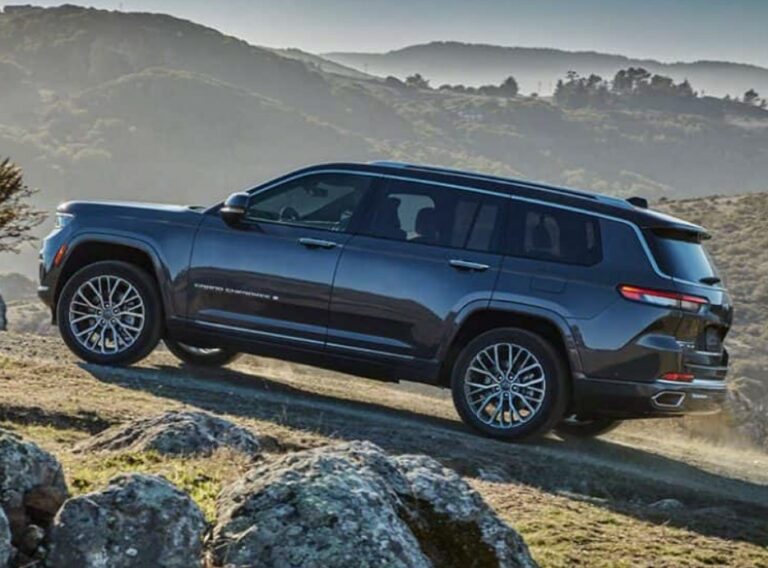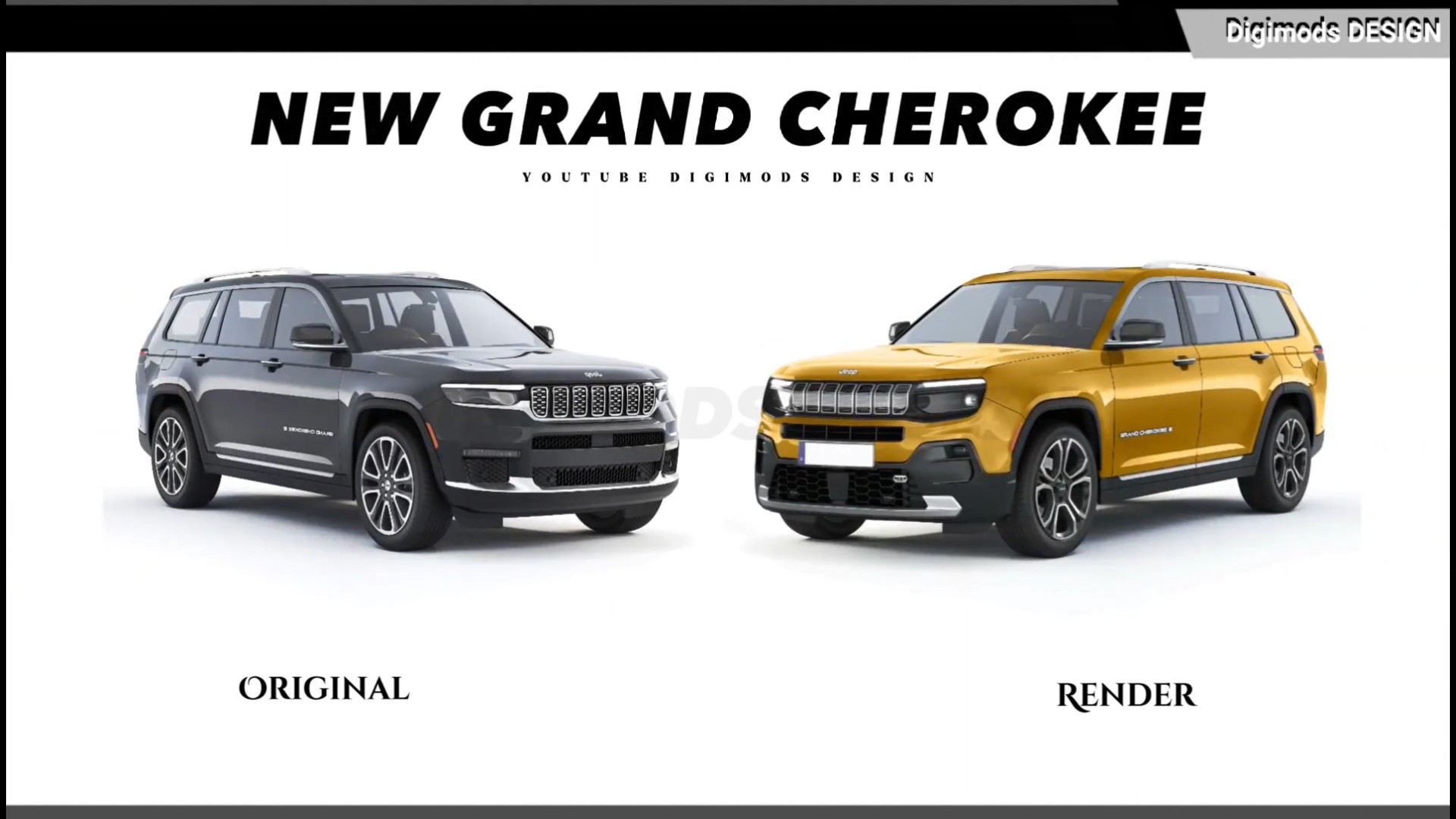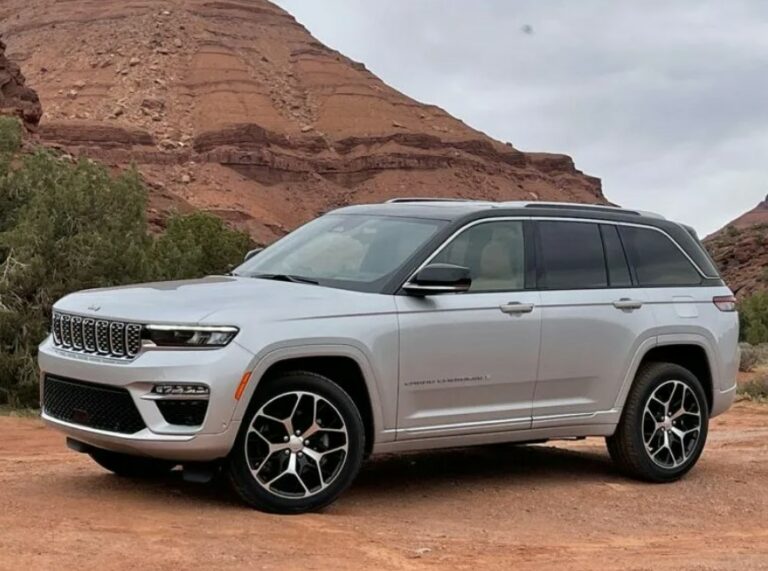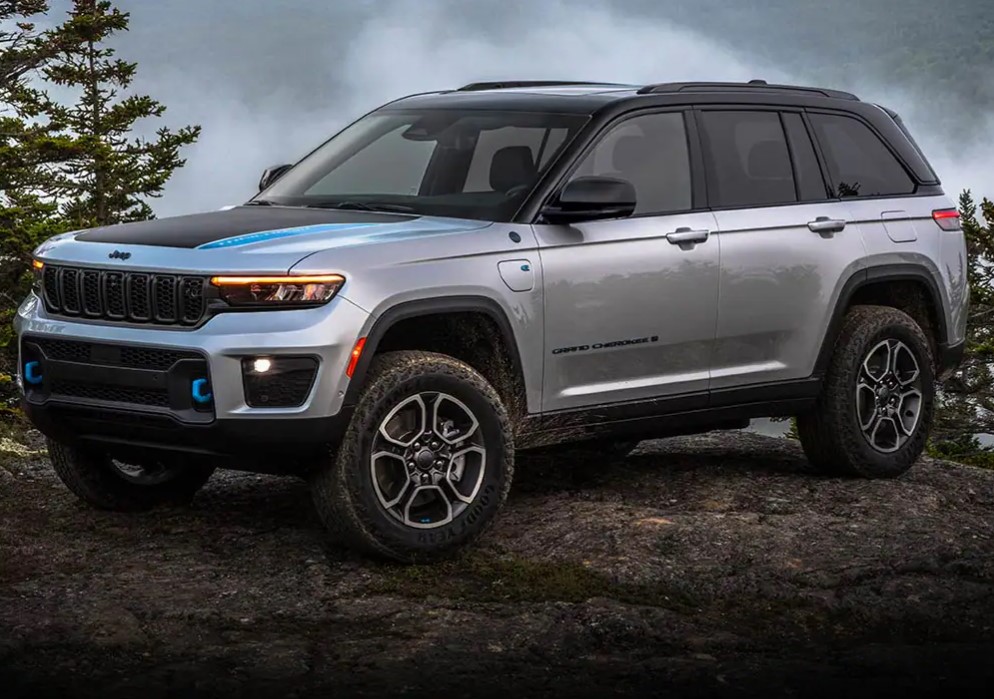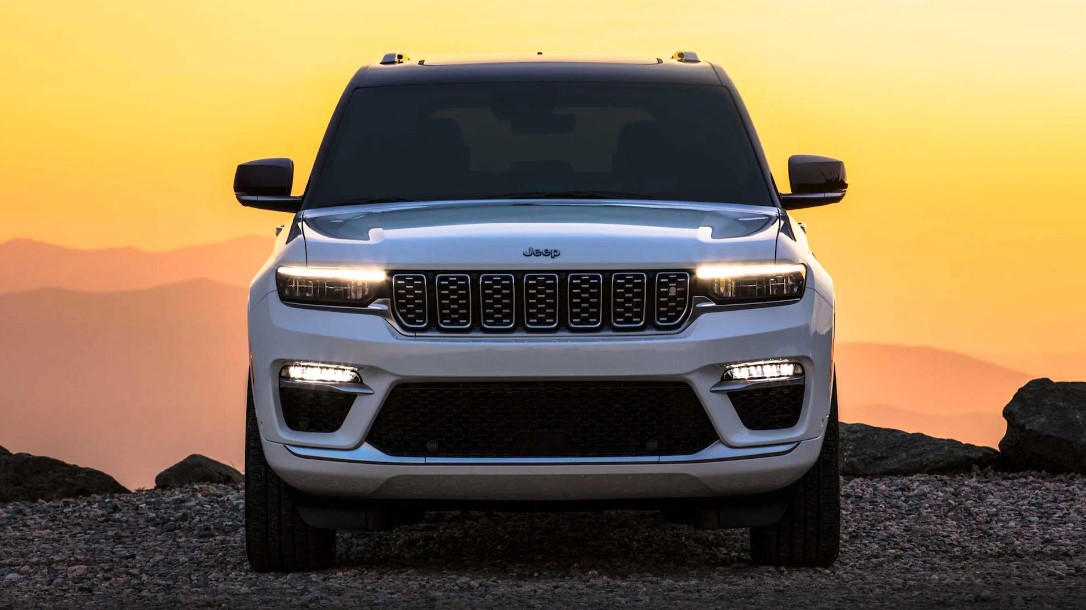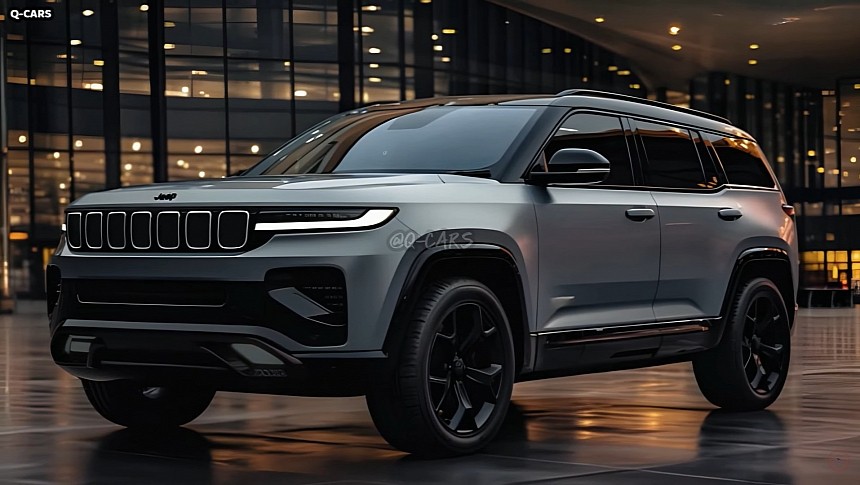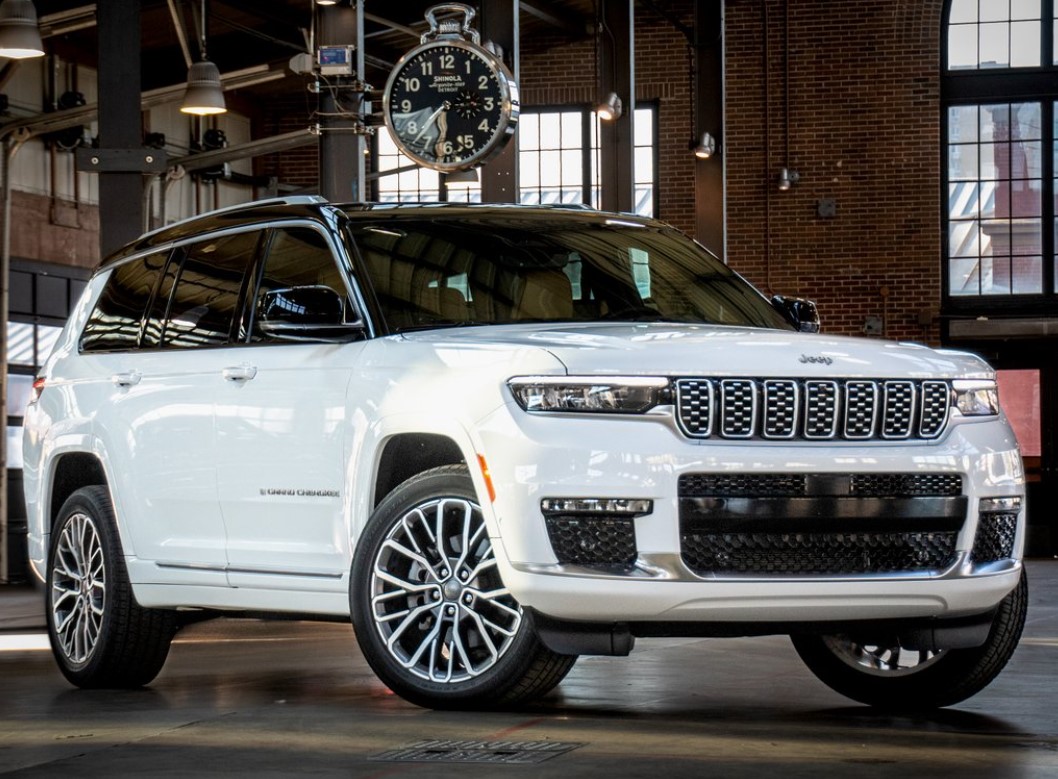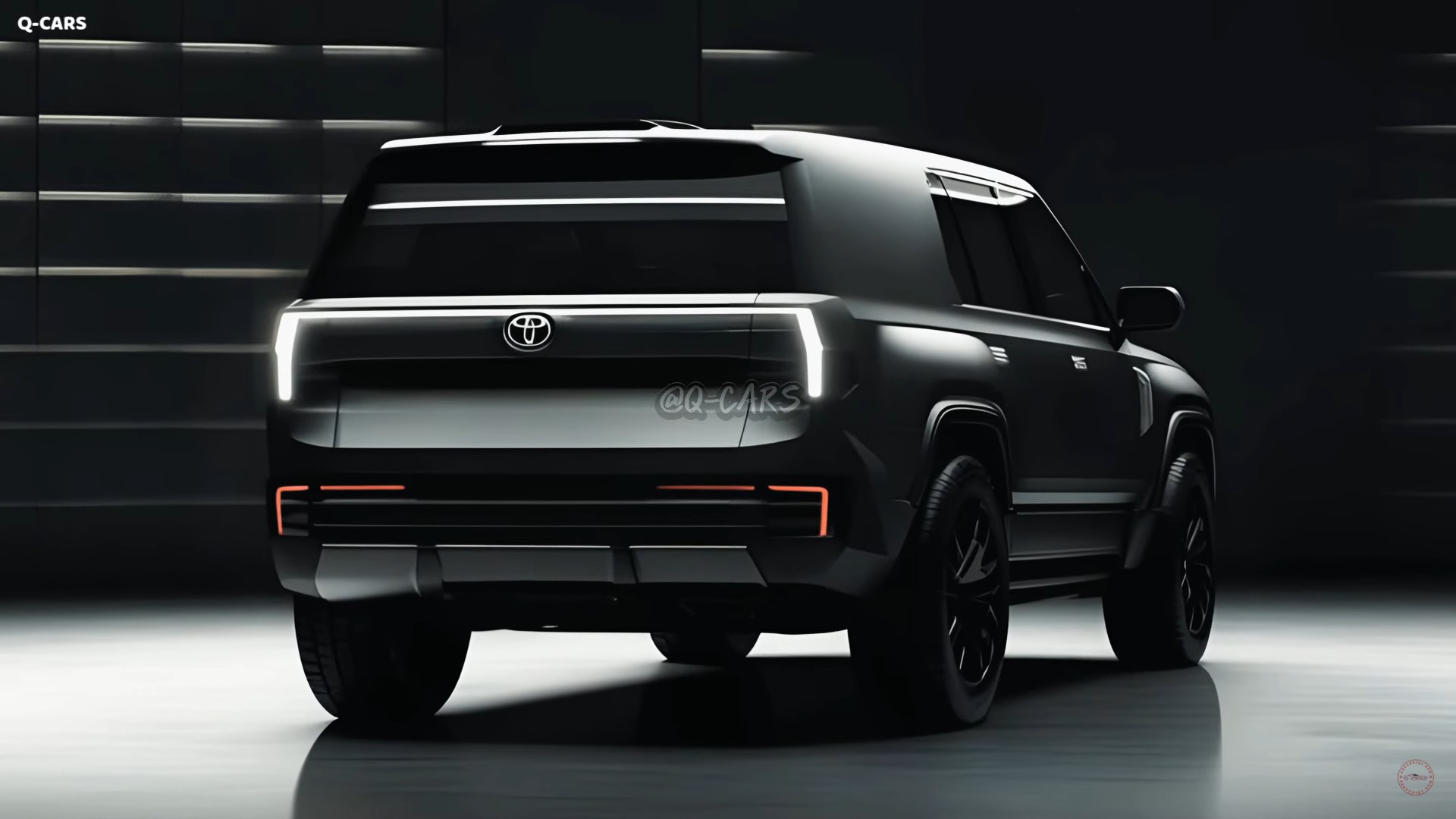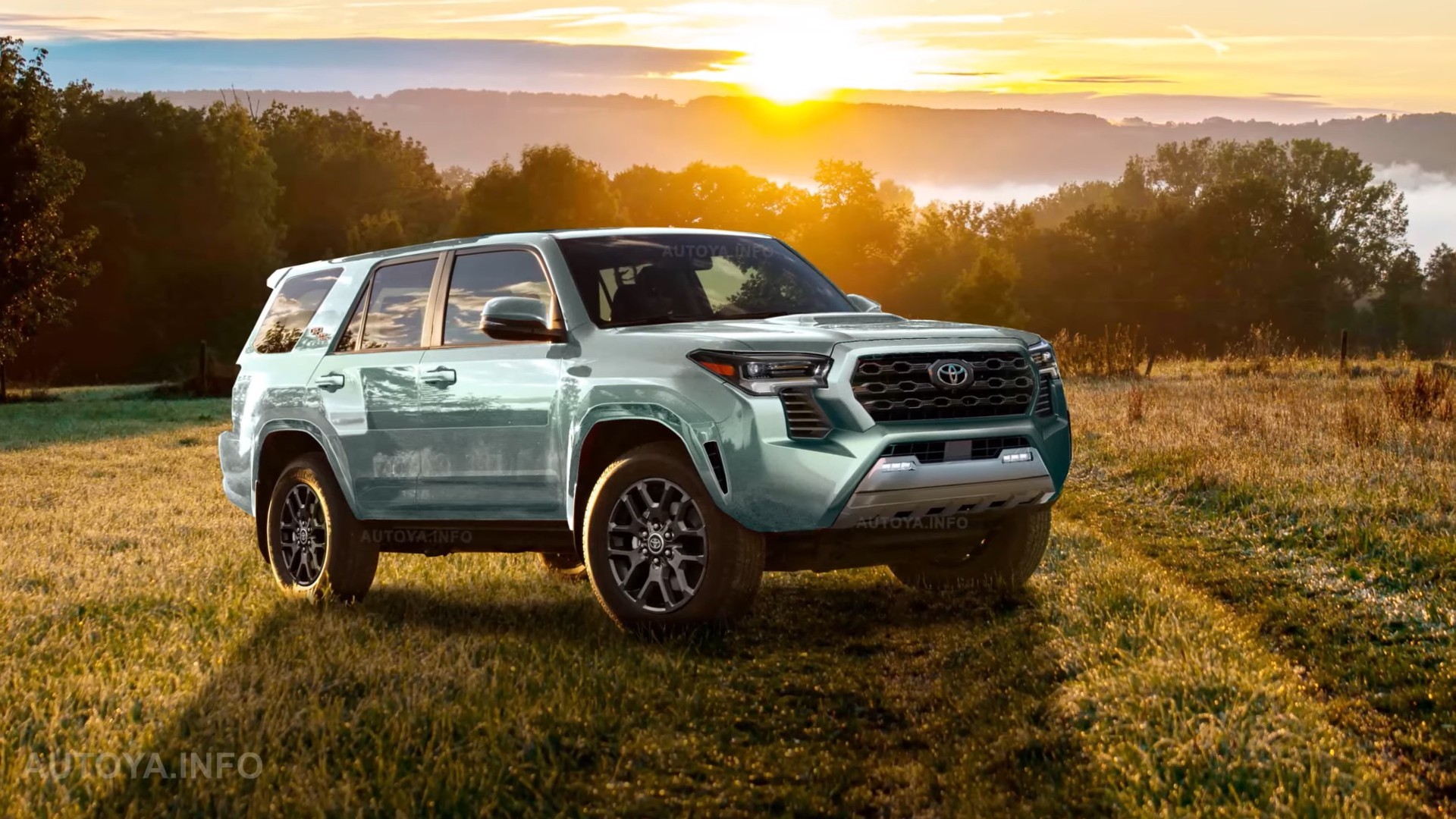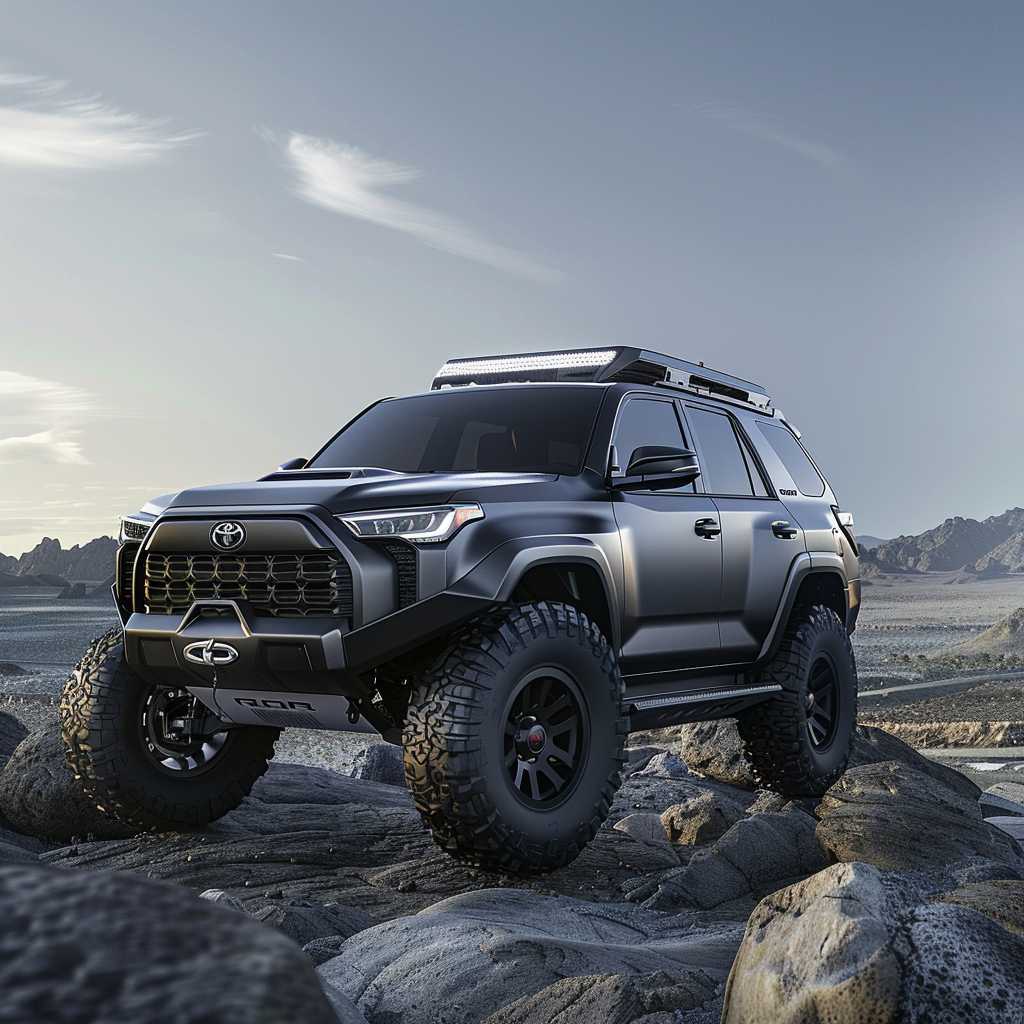The Future of Power: Exploring the Potential of the 2025 Toyota 4Runner
Related Articles: The Future of Power: Exploring the Potential of the 2025 Toyota 4Runner
Introduction
With enthusiasm, let’s navigate through the intriguing topic related to The Future of Power: Exploring the Potential of the 2025 Toyota 4Runner. Let’s weave interesting information and offer fresh perspectives to the readers.
Table of Content
The Future of Power: Exploring the Potential of the 2025 Toyota 4Runner

The Toyota 4Runner, a stalwart of the SUV market, has long been known for its rugged durability and off-road prowess. As we approach the year 2025, speculation abounds about the future of this iconic vehicle, particularly concerning its engine power and performance. While Toyota has yet to release official details about the 2025 model, analyzing current trends and industry insights can shed light on the potential powertrain options and their implications.
A Legacy of Power:
The 4Runner’s history is intertwined with powerful engines, offering drivers the capability to conquer challenging terrain and tow heavy loads. The current generation, launched in 2010, boasts a 4.0-liter V6 engine generating 270 horsepower and 278 lb-ft of torque. This engine, paired with a five-speed automatic transmission, provides ample power for daily driving and off-road adventures.
Looking Ahead: Powertrain Possibilities
As the automotive industry shifts towards fuel efficiency and alternative powertrains, the 2025 4Runner’s powertrain options remain shrouded in speculation. However, several possibilities emerge based on current trends and Toyota’s strategic direction.
1. Enhanced V6 Engine:
One likely scenario involves a refined version of the current 4.0-liter V6 engine. Toyota could implement technological advancements like direct injection, variable valve timing, and improved exhaust systems to increase horsepower and torque output while maintaining fuel efficiency. This approach would maintain the 4Runner’s familiar character while offering improved performance.
2. Hybrid Powertrain:
Toyota’s expertise in hybrid technology could be leveraged to introduce a hybrid powertrain for the 4Runner. Combining a gasoline engine with an electric motor could deliver increased fuel economy and enhanced torque, particularly at low speeds, enhancing off-road capability. This option aligns with Toyota’s commitment to sustainability and could attract environmentally conscious buyers.
3. Turbocharged Four-Cylinder Engine:
To further enhance fuel efficiency, Toyota might consider a turbocharged four-cylinder engine for the 2025 4Runner. While smaller in displacement, turbocharging could compensate by delivering comparable power output to the current V6, while potentially offering better fuel economy. This option would align with industry trends towards downsizing engines without sacrificing performance.
4. Electrified Powertrain:
Although less likely in the immediate future, a fully electric or plug-in hybrid powertrain could emerge as a long-term option for the 4Runner. This would significantly enhance fuel efficiency and reduce emissions, but would require substantial investment in battery technology and infrastructure.
The Importance of Power:
The 2025 4Runner’s powertrain will play a pivotal role in its overall appeal and market success. Power is crucial for several reasons:
- Off-Road Capability: The 4Runner’s reputation as a capable off-road vehicle relies heavily on its engine power. Increased horsepower and torque are essential for navigating challenging terrain, towing trailers, and overcoming obstacles.
- Driving Experience: A powerful engine enhances the driving experience, providing responsiveness and acceleration for both on-road and off-road situations. This is particularly important for drivers who prioritize performance and enjoyment.
- Towing Capacity: The 4Runner’s towing capacity is a key selling point for many buyers. A more powerful engine could increase the towing capacity, allowing for hauling heavier loads and expanding the vehicle’s versatility.
FAQs:
Q: Will the 2025 4Runner be more fuel efficient?
A: It is highly likely that the 2025 4Runner will offer improved fuel efficiency compared to the current model. This could be achieved through engine enhancements, hybrid technology, or a downsized engine.
Q: Will the 2025 4Runner be faster than the current model?
A: Depending on the powertrain chosen, the 2025 4Runner could potentially be faster than the current model. A more powerful engine or a hybrid system could contribute to improved acceleration and overall performance.
Q: Will the 2025 4Runner be available with a manual transmission?
A: While a manual transmission option is not currently offered in the 4Runner, it is unlikely to be reintroduced in the 2025 model. The demand for manual transmissions has declined significantly, and Toyota is focusing on developing more efficient and technologically advanced automatic transmissions.
Tips:
- Research Powertrain Options: Stay informed about potential powertrain options for the 2025 4Runner by following automotive news and reviews.
- Consider Your Needs: Evaluate your driving habits and needs to determine the ideal powertrain for your requirements.
- Test Drive Different Models: When the 2025 4Runner is available, test drive various models with different powertrain options to experience their performance firsthand.
Conclusion:
The 2025 Toyota 4Runner holds the potential to be a game-changer in the SUV market. With advancements in engine technology, hybrid powertrains, and alternative fuel options, the future of the 4Runner’s powertrain is ripe with possibilities. While the exact details remain shrouded in speculation, the emphasis on fuel efficiency, performance, and off-road capability will likely drive the development of a powerful and capable engine that will continue to define the 4Runner’s legacy for years to come.
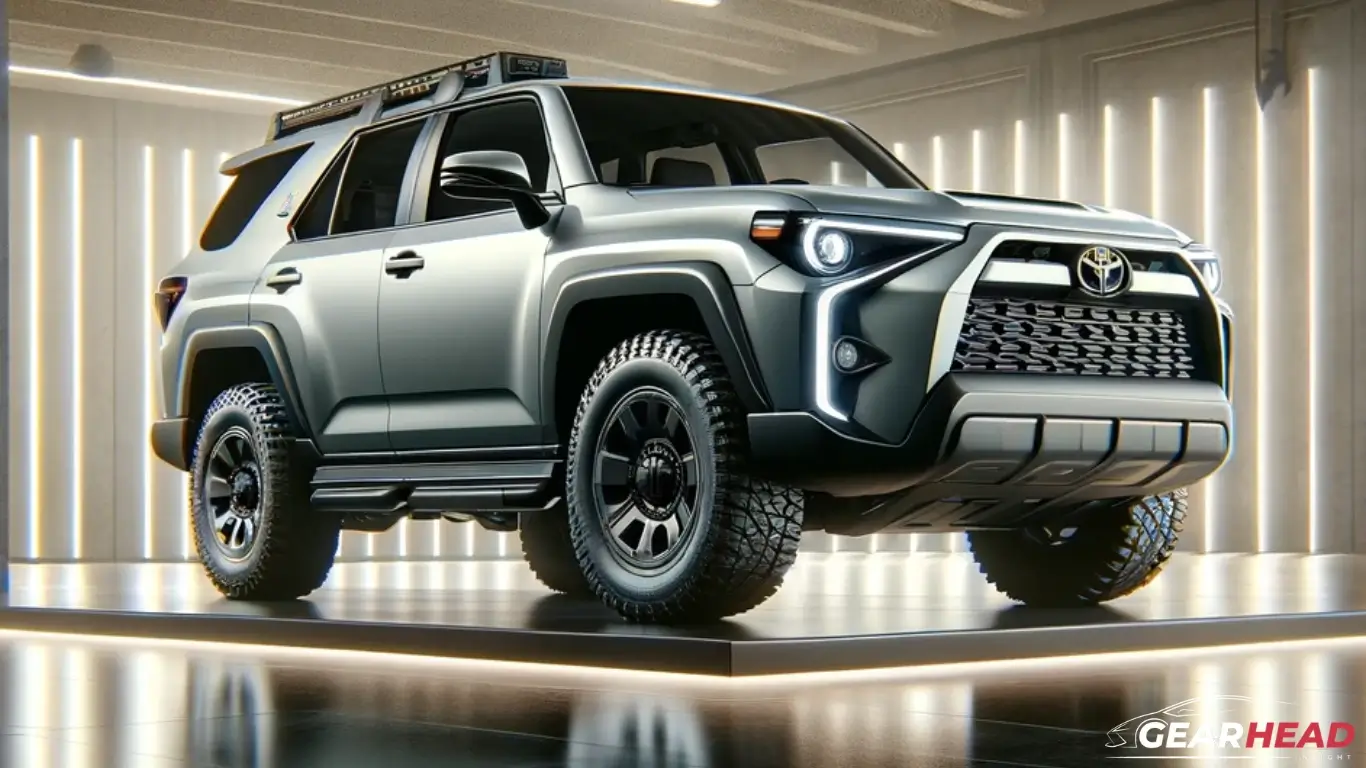
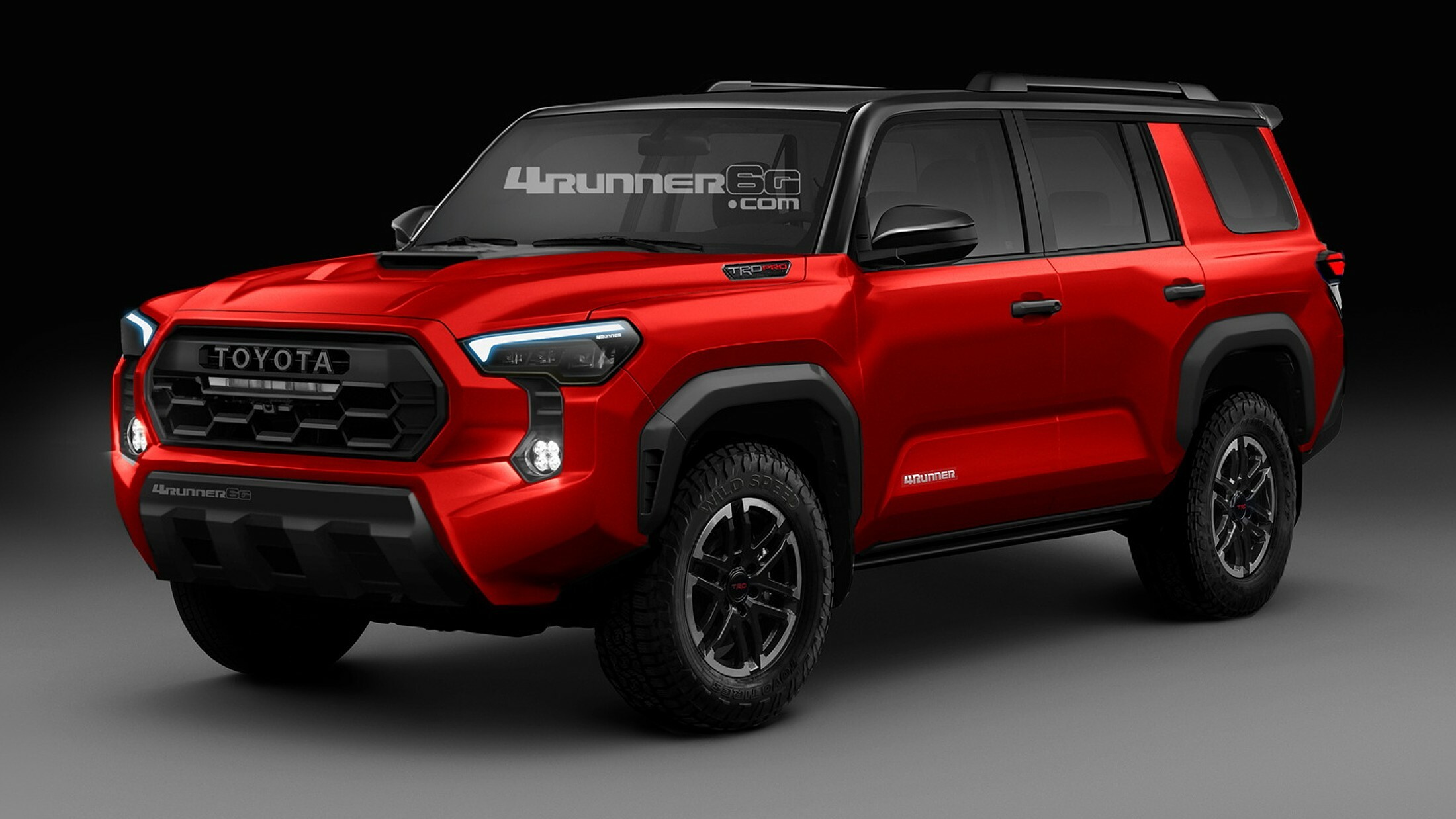
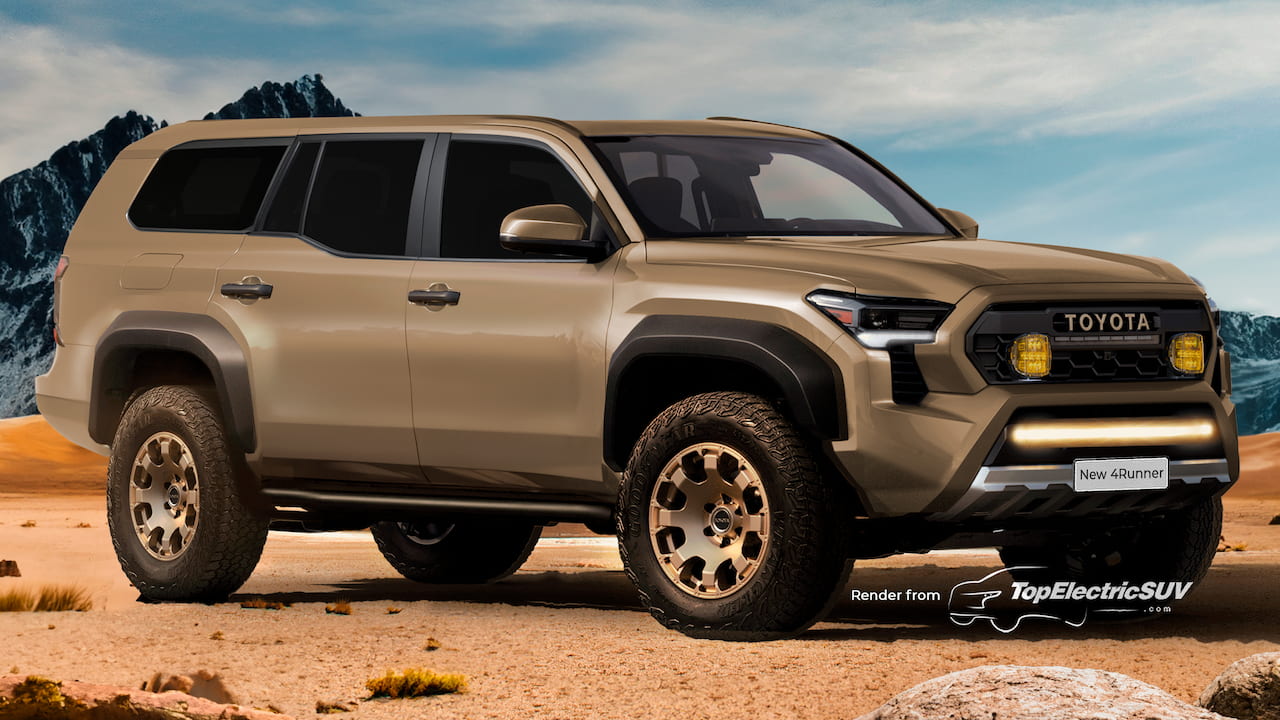

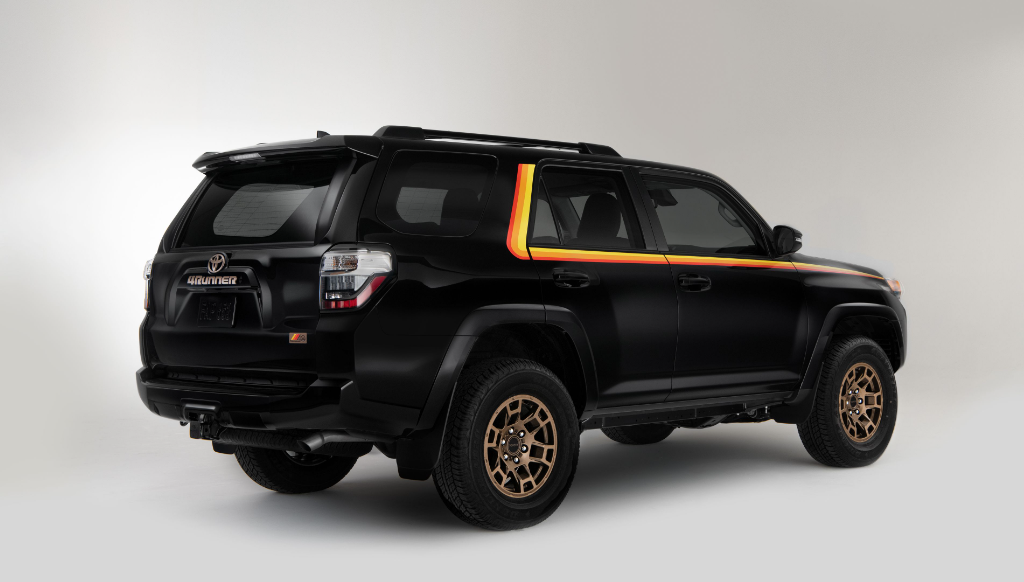

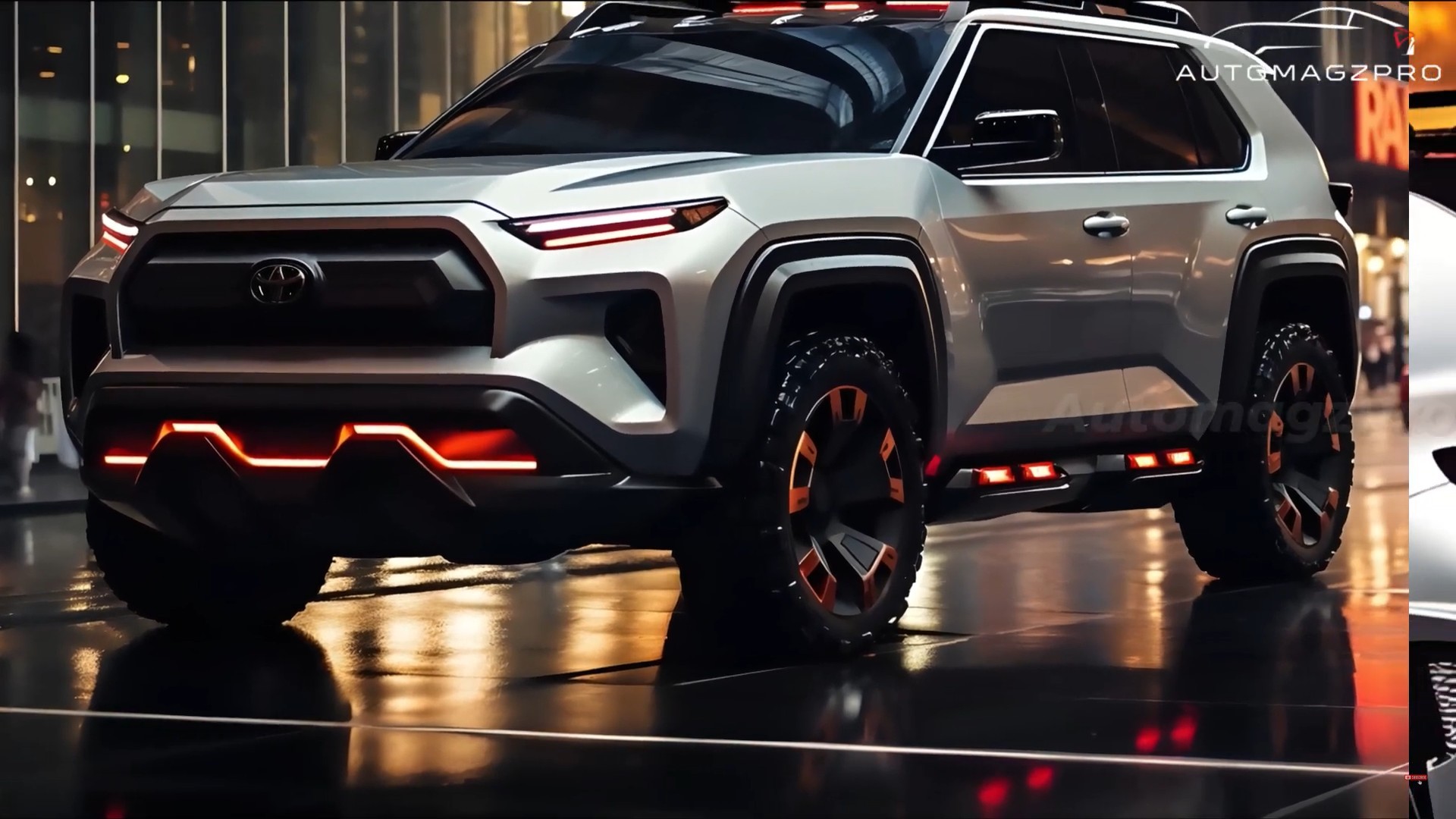
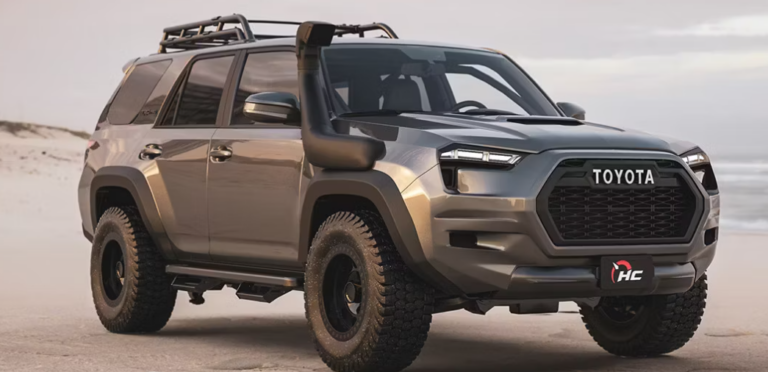
Closure
Thus, we hope this article has provided valuable insights into The Future of Power: Exploring the Potential of the 2025 Toyota 4Runner. We thank you for taking the time to read this article. See you in our next article!
